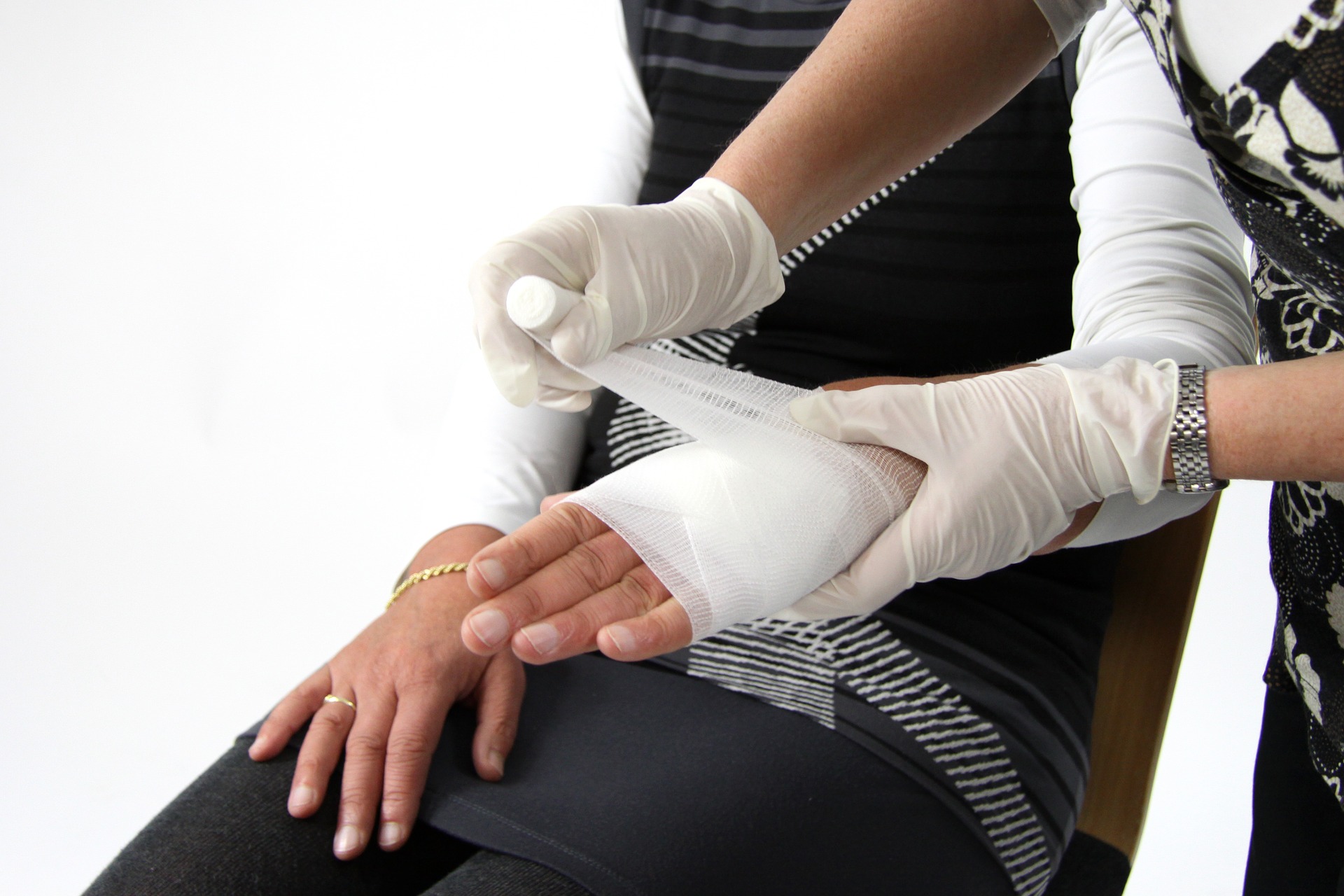
Many of us do not realize how much we rely on the use of our hands and wrists throughout the day.
From switching off our alarm and making our morning coffee, to fulfilling our job and brushing our teeth before bed, our hands and wrists are perpetually in motion. However, their constant use puts them at increased risk of accident or stress-injuries.
Hand and wrist injuries are incredibly common, but their severity generally varies case by case. Sometimes an injury will develop slowly, with the patient noticing a slight ache at first, then symptoms such as pain and stiffness worsening over time, until medical intervention is necessary.
In other circumstances, an injury may happen without warning symptoms, with the patient experiencing acute pain and sudden debilitation.
An injury in this area can have a significant impact on your ability to function day to day. However, you can avoid the implications of hand and wrist injuries by understanding the best way to avoid them.
Repetitive Strain Injuries
Also known as RSI, repetitive strain injuries are the most commonly reported type of hand and wrist pain. RSI gets its name from the fact that it is caused by repeated strain being placed on to the hands and wrists, which often occurs as a result of a job or recreational pastime such as typing, playing guitar or piano, painting and decorating, or playing tennis or golf. The main symptoms of RSI include throbbing, tingling, numbness and weakness in the fingers, hands and wrists, which is often accompanied by stiffness and some degree of pain.
However, symptoms tend to develop slowly, and while at first you may experience discomfort only while performing the repetitive task, after a while you may notice your symptoms extend beyond the action.
You may think it would be impossible to avoid RSI, particularly if you work in an environment which puts you at high risk of developing the condition.
However, more employers than ever before are aware of RSI, and they are taking steps to keep their employees comfortable and health, and as a result, as productive!
If you haven’t had one already, you can request that your employer carries out and RSI risk assessment. This should identify areas where RSI may pose a problem, and where modifications to your workspace should help minimize the likelihood of your developing the condition. Common adaptations for RSI include the use of keyboard wrist guards and mouse pads, and ergonomic computer mice that are designed to reduce your risk of repetitive strain injury.
Whether at work or play, you should also ensure that you take regular breaks from repetitive motion. This will give your muscles and tendons time to relax. You can also do exercises that get your hands and wrists to assume different positions, stretching and strengthening the muscles.
Fractures and sprains
Our hands and wrists are also at increased risk of fractures and sprains. The main reason for this is because our hands tend to be our first line of defense, if we trip or fall. We almost always subconsciously throw our hands and arms out to brace ourselves, and to protect our face and head from the severity of the impact.
Unfortunately, the bones in our wrists and hands are small, making them more susceptible to breaking. The scaphoid bone, which is located in the wrist, is extremely prone to fracture, particularly if your wrists become bent back on themselves during the impact.
After an injury, you may experience pain in both your hands and wrists. It is not always easy to diagnose a fracture without an x-ray, and we may require you to have one to check on the extent of your injury.
If you are lucky enough to have escaped a fracture, you may still have experienced a sprain. This is where the ligaments become injured, and you may still need to wear your arm in a sling for some time while the ligaments heal.
As using our hands to protect ourselves when we fall is usually a subconscious act, the only real way to minimize injury is to minimize the risk of falling in the first place. Pay attention to where you walk, wear sensible shoes and undertake a hazard assessment of your home, checking and addressing slippery surfaces and things that might cause you to trip and fall.
Cuts and open wounds on the hands
Whether caused by a knife slip, broken glass or something else entirely, almost all of us will experience an open wound on our hands at some point during our lifetime.
While some injuries can be dealt with using your at-home medical kit, some may be serious enough to require professional medical attention. Deep wounds may require assistance to stop the bleeding, sutures to close them and even antibiotics to prevent infection. Others may be so severe that the nerves, tendons and soft tissue beneath the skin becomes damaged, requiring repair if the patient is to retain full function of the affected area.
Cuts and wounds are almost never intentional, but you can still reduce your risk of experiencing them by ensuring that you take extra care when handling sharp objects.
Have you done something to injury your hand or wrist? Dr. Keith Raskin is an experienced hand surgeon with the training, skill and experience to effectively diagnose and treat a wide variety of hand and wrist injuries. With careful, precise repairs, he can help you to make the fastest and most effective recovery from your injury, supporting you while you regain the full use of your hand and/or wrist once more.
If you have suffered an injury to your hand or wrist, seek professional advice by contacting Dr. Raskin today at 212-889-8600.







